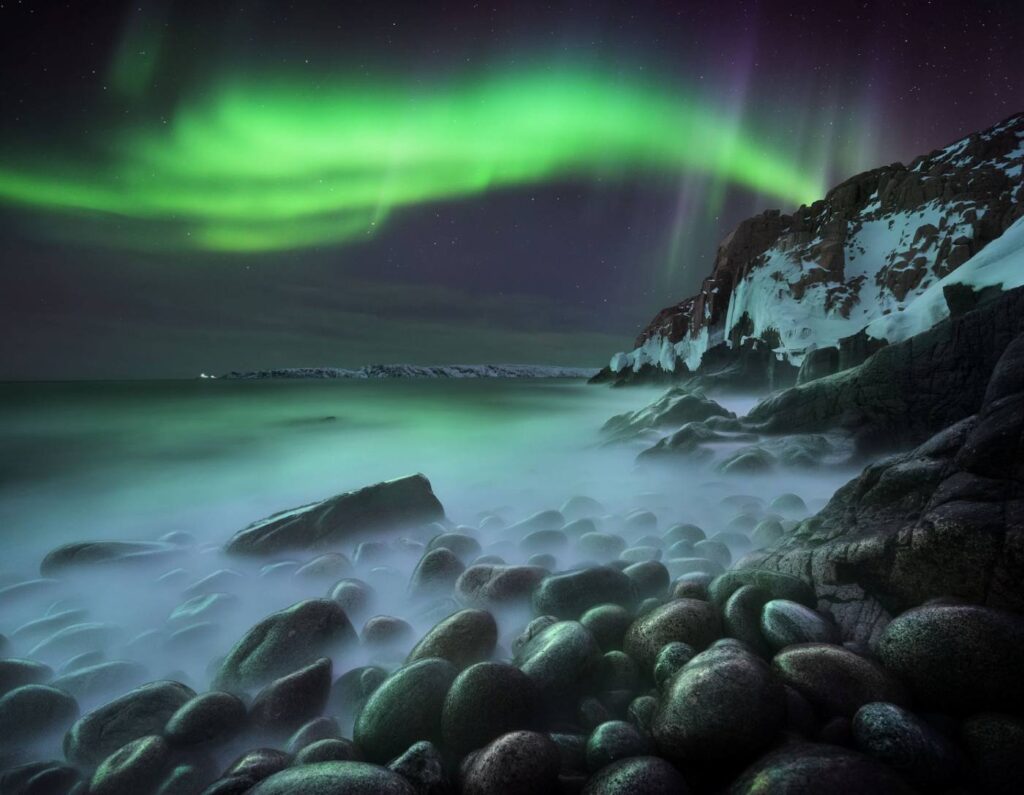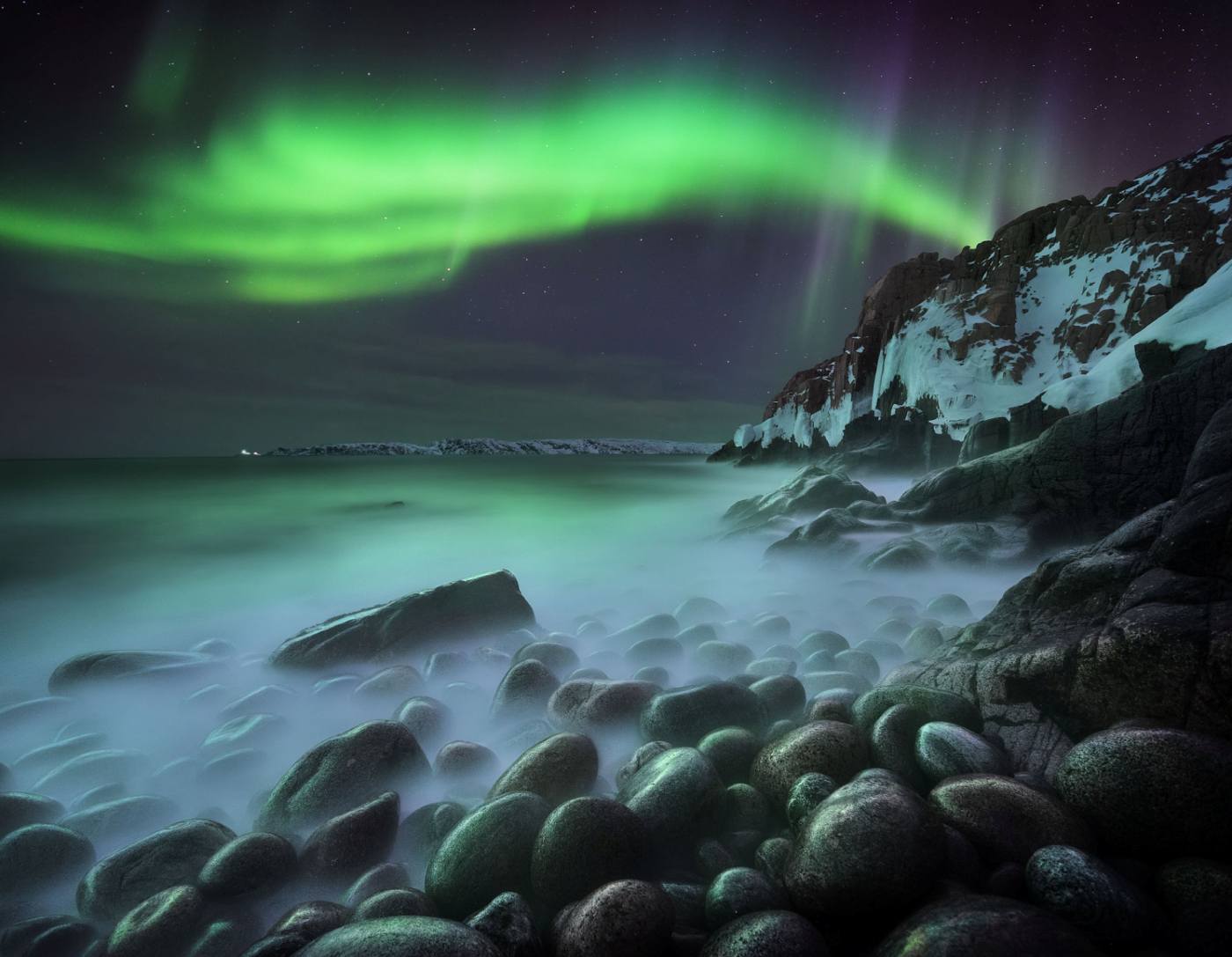
An international team monitoring the activity of the sun has predicted that the next two years will offer some of the most intense and frequent Northern Lights displays in a generation.
Already this year the Earth’s aurora has been seen in states like Wisconsin and Minnesota—far south of its normal showgrounds.
The key clue is the number of sunspots, disturbances on the surface of the sun that have been recorded for hundreds of years, and the more sunspots there are in a year, the greater the frequency that the poles will see the Aurora Borealis.
The Solar Cycle 25 Prediction Panel had predicted in the early 2000s that there would be 178 sunspots per month—the highest this rate had become this century—but throughout 2024 and 2025, that’s likely to be much higher—between 220 and 227 per month.
Sunspots are dark blotches on the sun that mark areas of lower temperatures and strong magnetic distortions. These sunspots are often the future location of a coronal mass ejection, whereby the sun flings some of its material out into space. This creates what is commonly called “space weather.”
MORE NEWS LIKE THIS: Space Station Captures Footage of Blue Lightning Bursting Toward Space
Clashing with the Earth’s magnetosphere, most of this weather is deflected away, but some of it creeps in where the magnetic field is weakest—the polar regions—hence the “Northern Lights;” although it also happens over the southern pole as well.
The upcoming autumnal equinox is an additional distortion of the magnetic field, and could lead to even more vivid colors for enthusiastic skywatchers and stargazers in the northern and southern reaches, although NBC reports that even Arizona has been seeing glimpses of the aurora
SHARE This Great Time To Plan A Winter Holiday With Your Friends…




















